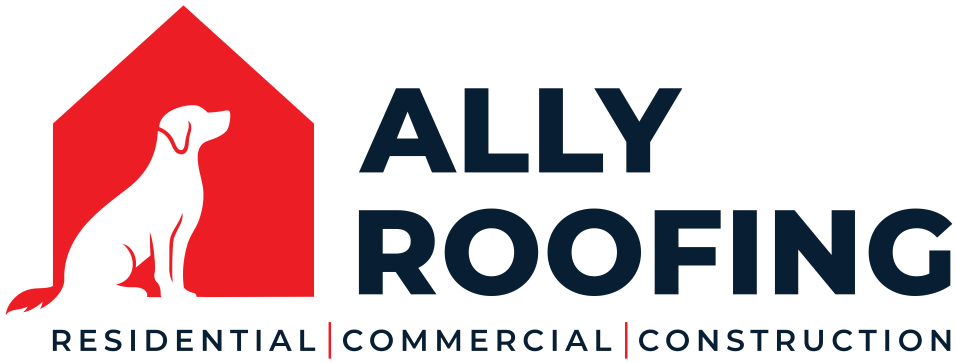It’s not always easy to avoid tropical storm damage while residing in North Carolina. This state has seen its fair share of devastation and destruction due to hurricanes and cyclones over the years. Leaving in their wake mass amounts of water and storm damage.
Common Forms of Tropical Storm Damage
Excess water, sewer backup, or mold growth are all additional problems accrued by a tropical storm. These issues can grow into a more serious threat the longer they’re left untreated. It’s important to have work done on your home or business within 24 to 48 hours following a storm. In an effort to avoid further complications after a hurricane, it is best to contact a storm damage restoration team immediately.
Flooding
It’s not uncommon for there to be flooding after a tropical storm. According to the Federal Emergency Management Agency (FEMA), “Floods are the most common and costly natural disaster in the United States.” Water can easily seep into your home and foundation causing water and secondary damages.
Mold Growth
Moisture left behind after intense rain and flooding can be breeding grounds for mold growth. You have 24-48 hours at most to have this fixed before the growth will occur. It is imperative you act quickly to resolve this issue. It may be best to seek out your local mold removal and remediation team to provide a thorough cleaning.
Sewage Backup
This occurs when the lateral piping between your home and the main sewer line is clogged. Following a tropical storm, excess water is forced back through the pipes and into your home. Downspouts, foundation drains, or sump pumps that are connected to the sanitary sewer can contribute to basement flooding and backups.
Roof Damage
Tropical storms bring with them heavy rains and high winds. These factors can devastate the structure and features of your roof. From shingle cracks and removal to denting and granule loss, your roof will likely have suffered tropical storm damage.
Interior Damage
Should water get inside, then you’ll no doubt be left with damage to your walls, flooring, and furniture. Interior water can also lead to secondary damages that can go unnoticed for months. If you detect interior tropical storm damage, then you should call a damage restoration company immediately.
Debris
Tropical storms can leave behind fallen trees, limbs and trash from damaged buildings on your property. According to FEMA, “Debris removal from private property is generally the responsibility of the property owner.” Some of this debris can also find its way inside your home leading to more tropical storm damage.
Treating Tropical Storm Damage in the Greater Charlotte Area
The tropical storm damage treatment will depend on the type of damage you’ve suffered. However, the common steps of the process are as follows:
- A contractor will assess the extent of the home or property damage;
- A certified restorations team will begin providing water extraction;
- Fans and dehumidifiers will be setup for ventilation;
- They will then remove any and all damaged furniture and materials from the premises;
- If your roof has suffered wind damage, it will need to be boarded up to prevent further interior damages; The structural drying process will then begin;
- Any potential mold growth will be remedied and removed. Finished off with a thorough cleaning and disinfecting of the damaged areas.
Do not leave tropical storm damage untreated. The longer you wait, then the bigger the chance for your indoor air quality to be affected by mold and other harmful bacteria. This could lead to disease and aggravated health issues. There is also the danger of electric shock or injury due to slipping in excess water.
It always pays to be well prepared for whatever the future brings. This is also why you should have a restoration company you know and trust. Mission Restorations has experts in fire, water, and mold restoration. If ever in need of services, don’t hesitate to call the best damage restoration team in Charlotte and its surrounding areas at 704-727-2000.



